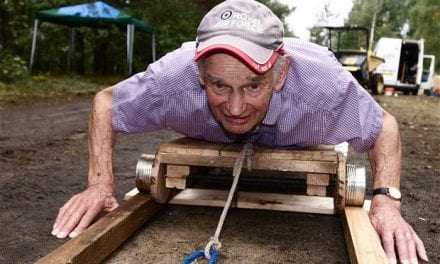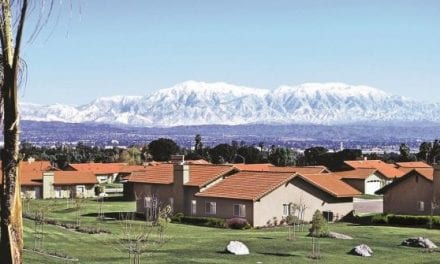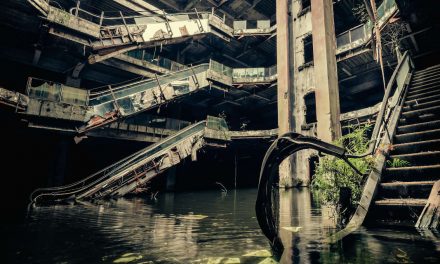At the San Diego NIC regional a few weeks ago, I attended a breakout session that tackled a number of current issues related to senior housing and assisted living. The panel included Tom Stanley and Bill Shorten, the founders of Cascade Senior Living a Washington State regional senior housing company.
After the presentation I went up and introduced myself to Tom and Bill because I was intrigued by their description of how there Reno/Sparks senior community Cascades of the Sierra has oriented their operations to become a part of the local community. I already had plans to be in Reno in just a few weeks and wanted to go visit. Here is what I found.
Calamity . . . .
This community is located in the northern unincorporated area of Sparks Nevada, which means it is 8 or 9 miles north east of downtown Reno. At the time the land was purchased and the project conceived, this particular area was one of the hottest growth markets in the whole country. There were plans for thousands of additional homes and a new state-of-the-art hospital. As Cascade conceived and designed this community they worked hard to uncover the specific needs of the local community and create a community that would meet those needs.
By the time the project was well underway the economy went south, new building came to a screeching stop, home prices dropped and the plans to build a new hospital went into an indefinite holding pattern. Making matters more difficult another provider had a competing building under construction in the same marketplace and the same time.
The next effect was a 50% increase in inventory, in a marketplace that went from great to tough overnight.
. . . is the mother of Invention
It is now 4 years later and occupancy is growing, with the assisted living and memory care components approaching 90% and independent living a bit lower. Here are some of the unique things they have done, to become a part of the community and grow their census:
- They have a great dining program headed by a master chef that offers anytime dining. An important component is a liquor license that allows them to operate a little cocktail lounge that is open daily. While it is mostly used by the residents, anyone can come in for a drink at spectacularly reasonable prices. In addition this space offers an additional draw to the community and creates a reason for visitors from the community to stay longer. It also provides some incremental income.
- The have a large fitness gym that includes an indoor pool. When a local commercial gym shut down, some of their members asked if they could use the Cascades gym. Today they have more than 50 members. This means greater exposure to the community and additional revenue.
- They have a full service day spa that is open to both residents and the public.
- They have a number of indoor common spaces that are available for community events and conferences. Some are marketing oriented and others are revenue generating.
- The have a full service Physical Therapy suite which is leased to a local provider and makes therapy services available to both residents and the public.
It appears that making these services available to the public was sort of accidental and I can only imagine how much more deeply the might be embedded into the community if they had specifically designed the building to have a full service gym, restaurant and day spa each with their own direct public entrances. I envision communities of the future being designed to include these kinds of services as profit centers in the own right, With the net effect of generating substantial additional revenue and creating a deeper relationship with the community.
What are you doing to integrate into your community?









I was also at this talk and was impressed at how Cascade had found non-traditional ways to reach out to their surrounding community. The real question would be how do you get the last 10% of vacancy so that you can have the funds to maximize your ability to serve your community and stakeholders.